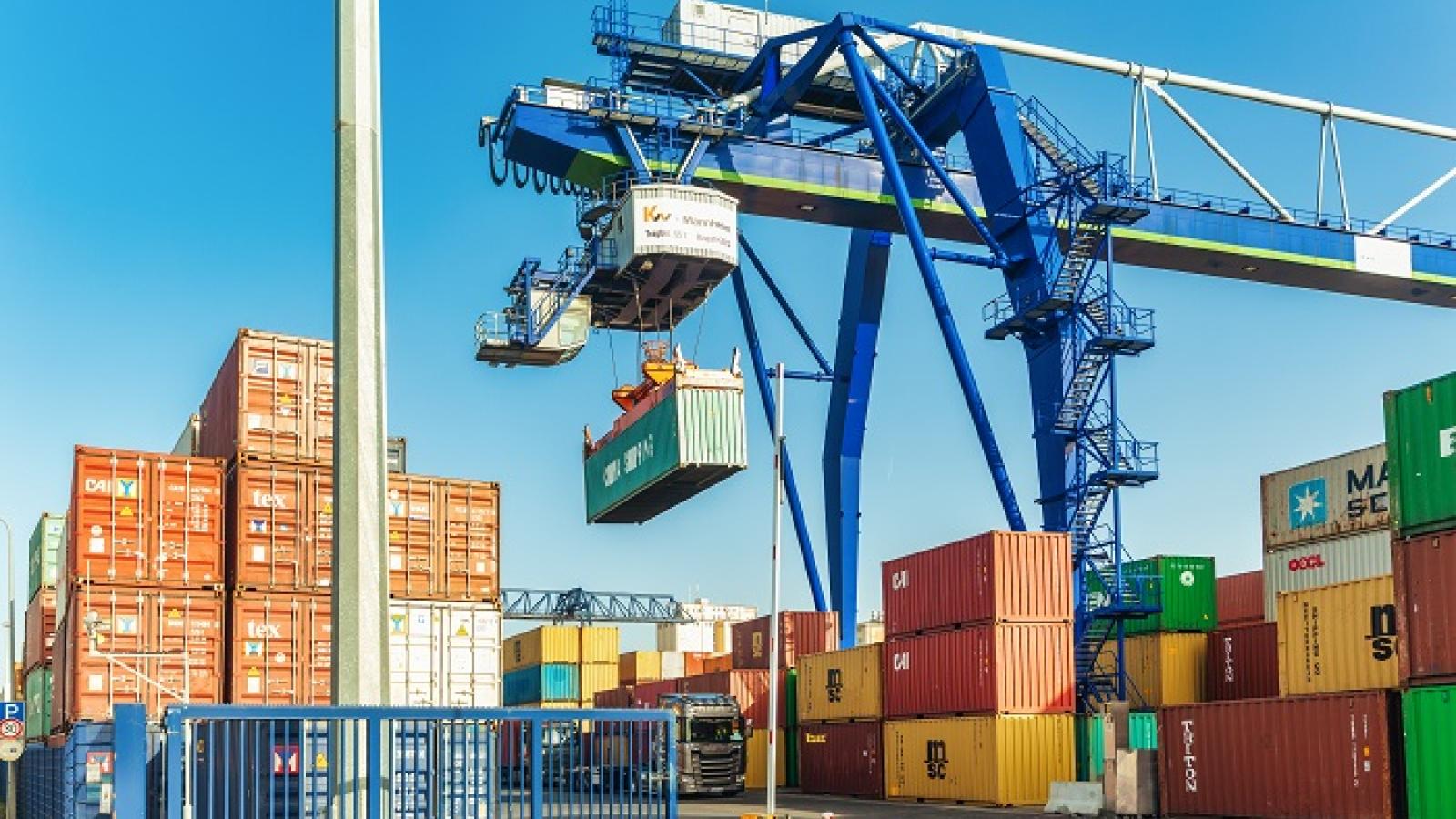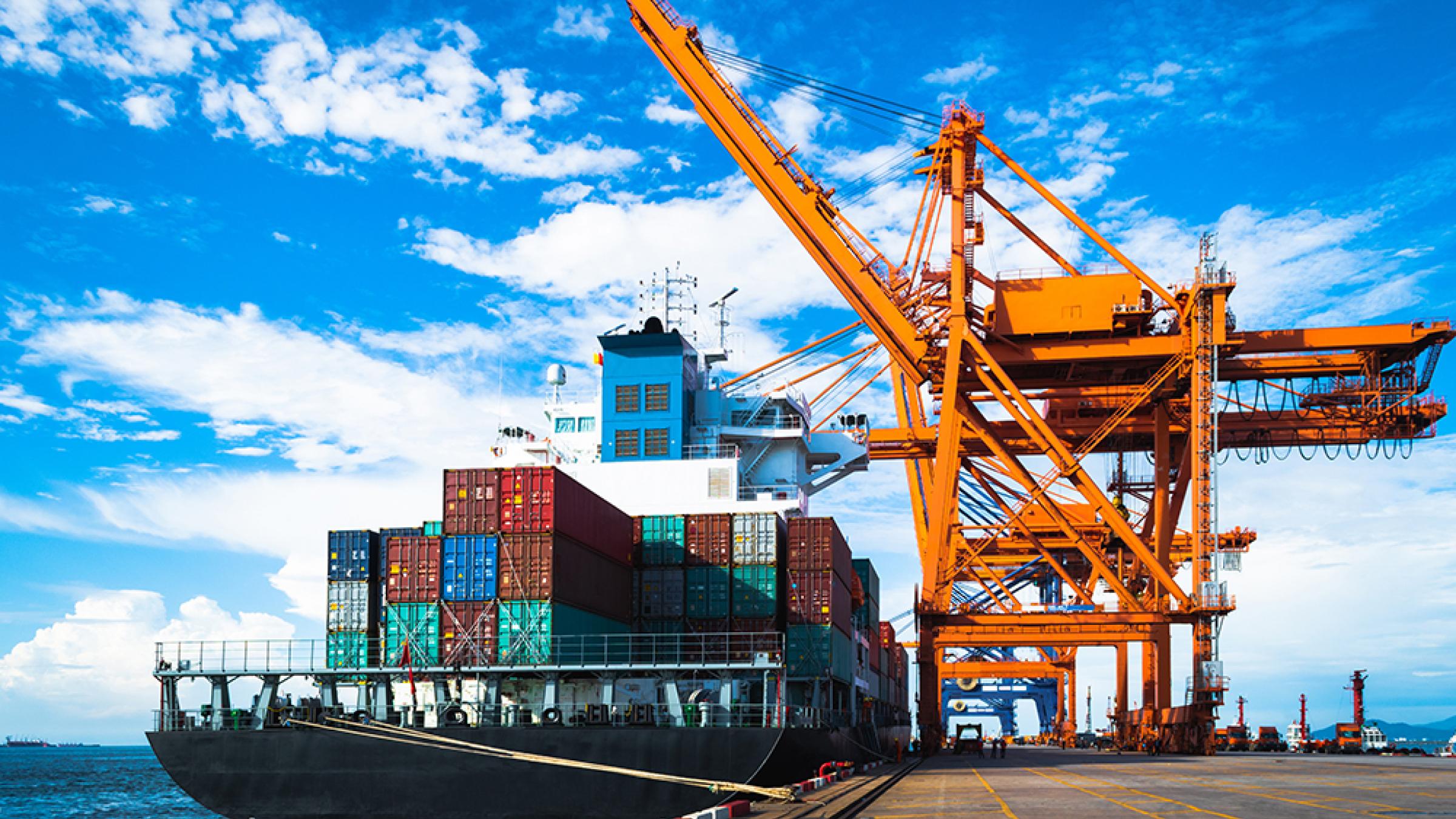Is It Necessary For India To Enter Into Additional Trade Agreements In Areas Such As Jewellery And Textiles?
India's exports in the categories of electronics, telecom, mobile phones, and so on increased 73% from $7.9 billion in 2015 to $26.6 billion in 2022, from 0.41% to 0.71% of the global market.

In recent years, India’s merchandise exports have witnessed a significant transformation. Except for the occasional rumour concerning iPhone exports, the move has been quite quiet. However, it is not only about Apple’s main product. Between 2015 and 2022, India’s proportion in worldwide exports of machinery, phones, autos, and petroleum increased dramatically. Meanwhile, India’s proportion in traditional export products such as gems and jewellery, textiles, meat, and leather articles has declined significantly. Textile, garment, and made-ups exports, for example, dropped by around 17% year on year in FY2023.
Is this a one-time occurrence or a permanent component of India‘s trading order?
According to GTRI, India’s exports in the categories of electronics, telecom, mobile phones, and so on increased 73% from $7.9 billion in 2015 to $26.6 billion in 2022, from 0.41% to 0.71% of the global market. India’s worldwide market share in machinery increased by 40%, from 0.75% to 1.05%.
Other performing industries in the same time include petroleum, which increased from 1.87% in 2015 to 2.45% in 2022, and automobiles and their components, which increased from 1.11% to 1.32%.
In 2022, India’s share in global goods exports was 1.8%. If service exports are included, the percentage rises to 2.4%. When compared to India’s 3% contribution to world market capitalization or 3.4% proportion of global GDP, the figure remains low. India’s goods exports totaled $447 billion in FY23, a 6% increase year on year. When commodities and services are combined, overall exports ($770 billion in FY23) increased by a robust 13.4%.
Meanwhile, diamonds and jewellery are among the Indian commerce export categories that have lost worldwide market share in recent years. According to GTRI’s study, its share fell from 7.4% in 2015 to 4.7% in 2022, a 36% decline in seven years. The worldwide market saw significant reductions in clothing (-19%), beef (-48%), and leather (-20%) exports. Exports of medicines increased, while their proportion of the worldwide market shrank.
While acknowledging that India’s share of total gems and jewellery export has been a source of concern, Colin Shah, MD of Kama Jewellery, believes that passing the Development of Enterprise and Service Hubs (DESH) Bill, which is currently pending in Lok Sabha, is critical to attracting large foreign jewellers to invest in India.
Large jewellers have relocated to China, Vietnam, Indonesia, and, in particular, Thailand. They are, however, apprehensive to invest in India. In addition, India must sign numerous more free trade agreements (FTAs), such as the one with the United Arab Emirates. Only then, argues Shah, a former head of the Gem & Jewellery Export Promotion Council, would the sector become considerably more competitive. The DESH Bill aims to make the legislation under the SEZ Act of 2005 more industry-friendly.

According to Jayant Dasgupta, a former ambassador to the World Trade Organisation (WTO), rhodium, platinum, and other precious metals are doing extraordinarily well in the world market. He claims that because India’s strength is limited to gold and diamonds, its share of global commerce has been declining. In general, India’s exports of new technology such as electronics, mobile phones, and manufacturing have succeeded well.
However, India is losing ground in conventional areas. Wages, for example, in the garment sector, are more than in rivals such as Bangladesh or Vietnam, he says, adding that India is still overly reliant on cotton exports whereas non-cotton fibres, such as MMFs, are increasingly popular worldwide.
Mithileshwar Thakur, secretary-general of the Apparel Export Promotion Council, believes that the PM MITRA Mega Integrated Textile Region and Apparel scheme will be a game changer because it will integrate the textile value chain, reduce logistics costs, and make the sector more competitive globally. The objective is to upscale value chains and boost winter clothing share by shifting to synthetic fabric-based clothes. He claims that new markets are being investigated outside of the United States and Europe, and that new goods are being developed.
The Production Linked Incentive (PLI) plan for MMF fabrics and garments will attract much needed investment in these important sectors, he continues, and the signing of new FTAs would reduce tariff disadvantage for exports, therefore greatly benefiting the sector.
Dasgupta emphasises the need of India keeping up with global trends. Global demand for heavy leather jackets and overcoats, for example, has been declining. People these days choose lightweight synthetic fabrics. These items are produced by the petrochemical industry. According to him, India is losing ground in this market. In addition, India lags behind in another popular category, sports shoes.
India’s exports of leather items increased modestly from $2.4 billion in 2015 to $2.7 billion in 2022, while its proportion of global exports fell from 3.6% to 2.9%. Italy, the world’s largest leather exporter, places a premium on high-quality branded goods. Other major leather-exporting countries and India’s rivals include the United States, Brazil, and China.
Among the sectors whose proportion of global commerce has increased in recent years, ‘electronics, telecom, mobile phones, and electrical equipment’ is the most prominent. According to Vinod Sharma, MD of Noida-based Deki Electronics, electronics exports have been continuously increasing at a rate of 7-8% every year.
Electronics exports are now a well-established industry. According to Sharma, who was the head of the ESC, the actual rock star in this area is mobile phones and, to a lesser extent, telecom equipment powered by 5G technology. He says that the business is currently focusing heavily on green commodities, such as solar inverters, which are in high demand internationally.

According to an EEPC India senior executive, India’s equipment export figures are strong since all sorts of machines, including boilers, pumps, freezers, and industrial gear for dairy, food processing, and textiles, are in high demand. Some of the primary destinations are the United States, Germany, Thailand, China, and the United Arab Emirates. France is also a significant importer of electrical machinery and components. According to an EEPC official who requested anonymity, some negative impact is expected owing to the downturn in advanced countries, notably the United States, which is the largest importer.
According to IMF World Economic Outlook, April 2023, global trade volume growth is expected to slow from 5.1% in 2022 to 2.4% in 2023, echoing the slowdown in global demand following two years of fast catch-up growth from the pandemic downturn and a change in the composition of wasting from traded goods back towards domestic services.
Clearly, this projection is far lower than the 4.9% averaged throughout the two pre-pandemic decades (2000-2019). According to the same estimate, the total import volume of goods and services in advanced economies will fall from 6.6% in 2022 to 1.8% in 2023 before rebounding modestly to 2.7% next year. Global commerce will be slowed as a result of economic challenges. However, its influence will be fleeting. According to Dasgupta, India’s technical innovation will decide the acceptance of its products and its worldwide market share in the long run.
Conclusion.
Electronics, communications, mobile phones, equipment, vehicles, and petroleum have seen substantial rise in India’s goods exports, while traditional export commodities such as stones, jewellery, clothes, meat, and leather have fallen. From 2015 to 2022, the percentage of electronics exports increased by 73%, while machinery exports increased by 40%. However, India’s overall proportion of global product exports remains low, implying that further trade agreements and investment in areas such as jewellery and textiles are required.




